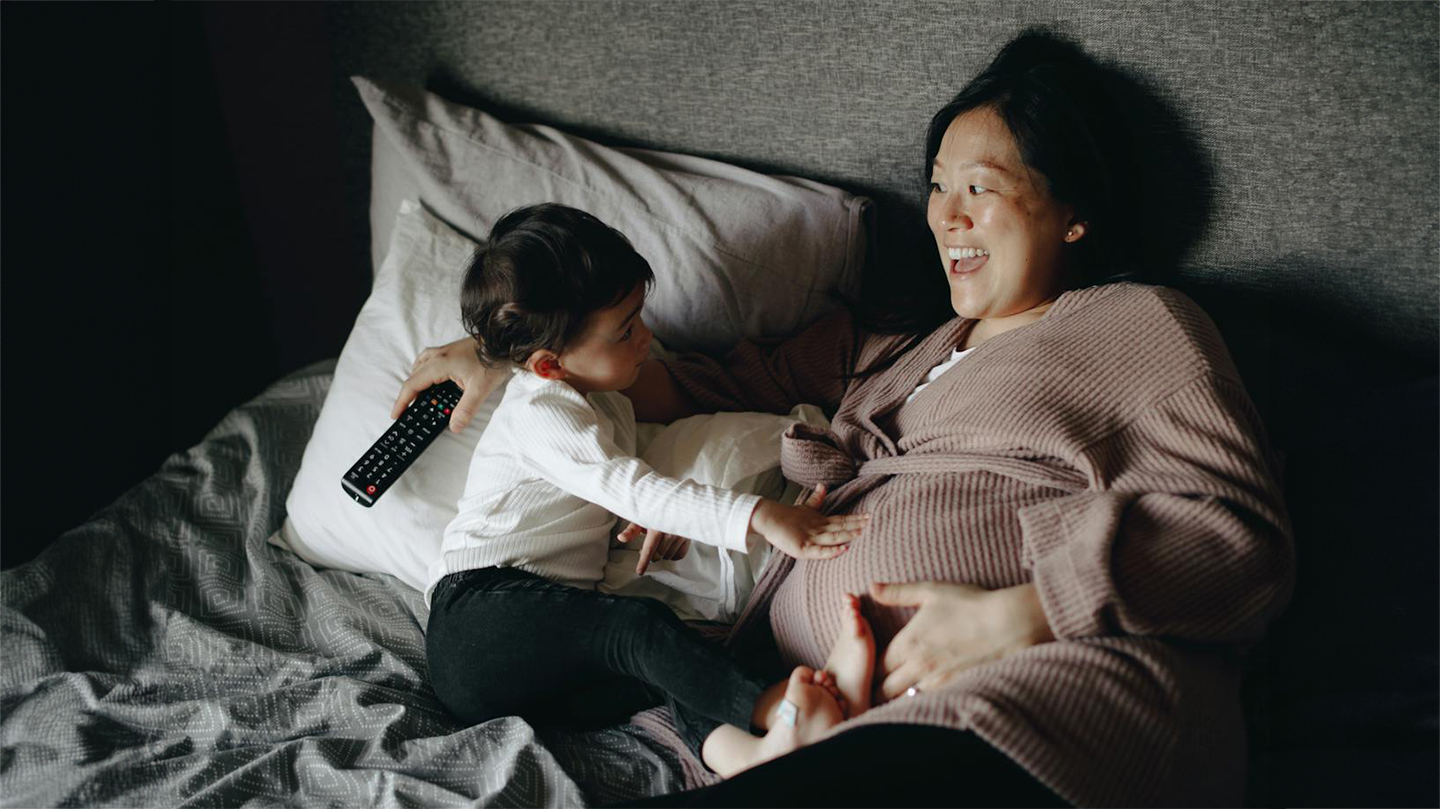The significant loss of a loved one often flows through every part of a person’s life. Grief often manifests as a stress response, complete with sleep disruptions, immune system suppression, changes in eating patterns. Physical symptoms may include headaches, and lingering tightness in the jaw, shoulders, and neck. Physical touch through massage therapy can be a powerful way for a grieving person to reconnect with their body. This blog will offer research on grief massage, as well as intake form tips, treatment suggestions, and communication techniques for working with grieving massage therapy clients.
Grief massage helps a person heal by allowing them to shift out of the stress response and into the relaxation response. Following a major loss, grieving individuals often find it very difficult to relax on their own. Here’s where a massage therapist can help.
Massage Helps People Cope with the Loss of a Loved One. A study of eighteen people, ages 34-78, who had lost a relative to cancer participated in a Science Daily study. They received massage therapy for eight weeks. Every participant reported that the massage helped them find balance and adapt to life following their loss.
Unification is another positive outcome of grief massage. The loss of a loved one leaves a person feeling shattered. Re-integrating the body through massage is an excellent goal for massage therapists working with the bereaved.
Rather than working on “fixing” a physical symptom, grief massage therapists may instead focus entirely on relaxation, using gentle, predictable strokes on the face, scalp, neck, shoulders, back, arms, hands, lower legs, and feet. These areas are typically perceived as safe, even during a grief-induced stress response. Work may be done over clothing to maintain a sense of security and comfort. Creating a secure, relaxing environment is a major factor in providing grief massage.
Communicating with the Bereaved
From the moment a client enters your space to the time they depart, it is critical that they feel safe. Begin with a warm handshake, and an explanation of what to expect at different moments in the massage. Invite the client into your massage space as you would invite a friend into your living room.
Deep listening is also important. Practice listening to understand, rather than just waiting until your conversation partner finishes so that you can make your next point. Be comfortable with silence. Finally, use metaphors and stories when explaining what you’re doing, to make clinical information more accessible.
Treatment Ideas for Massage Clients in Mourning
–Flat-hand vibration
–Gentle rocking
–Comfort holds
These techniques can assist the bereaved by bringing calm relaxation to stiff areas.
Leslie Freeman, a massage therapist who specializes in bereavement massage, also uses reflexology, hand-and-foot massage, the Trager approach, craniosacral work, and more to bring a client a feeling of release. Grief can feel very heavy, and Freeman’s clients often report a sense of a weight being lifted off them during bereavement massage sessions.
Finally, Freeman has found that a predictable, consistent sequence of strokes helps a grieving person feel safe. If they know what to expect, they can relax more deeply.
Through massage therapy training, you can help others move more gracefully through grief. Massage therapy schools, including our own COMTA-accredited school of massage in Portland, OR, provide in-depth training to empower the therapists of tomorrow. If you would like to learn more about how to take the first steps toward becoming a massage therapist, we invite you to speak with a member of our admissions team today. Call 503-233-6500, or visit our admissions department online to set up an appointment for more information.




